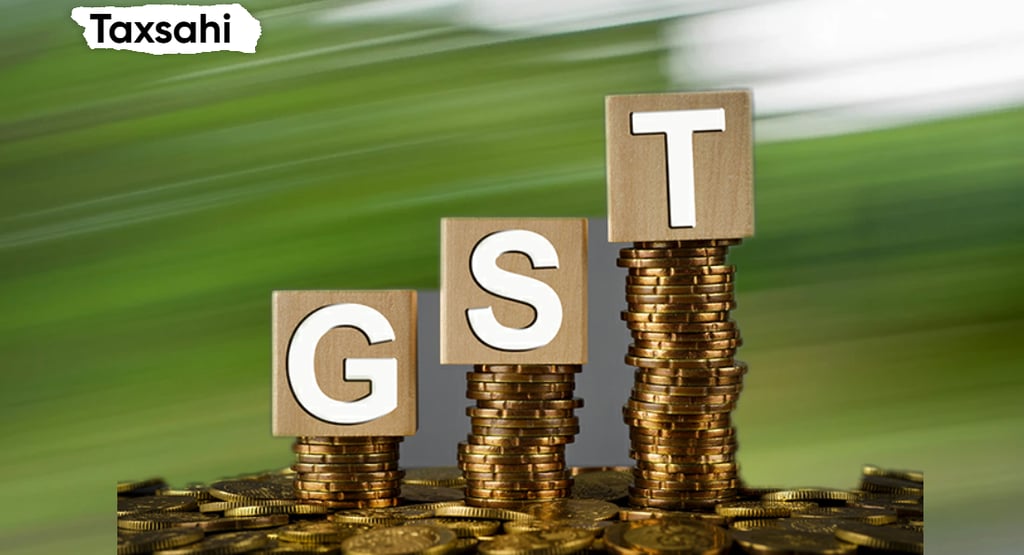GST Reform 2025 — Simplified Slabs, Consumer Benefits, and Economic Stimulus
The Goods and Services Tax (GST) in India, launched in 2017, consolidated multiple central and state taxes into a unified system. However, its multi-slab structure (5%, 12%, 18%, 28%, plus cesses) often complicated compliance and pricing. The 56th GST Council meeting in September 2025 marked a turning point—ushering in a simplified and visionary reform designed to transform affordability, tax efficiency, and economic momentum. What’s New: GST 2.0 – Slab Overhaul Unveiled Three Slab Structure Effective September 22, 2025, the GST slab structure will be reduced to three primary rates: 5% slab (Merit Rate): Covers essential goods and daily-use items—99% of products previously in the 12% bracket will move here. Reuters +1 The Economic Times +1 India Today India Briefing 18% slab (Standard Rate): Applies to most remaining goods, including many formerly taxed at 28%, such as electronics, cement, and automobiles. Reuters India Briefing The Economic Times India Today 40% slab (De-merit or “Sin” Rate): Targets luxury and sin goods, including aerated drinks, high-end vehicles, and tobacco products—marking a sharp tax deterrent. Reuters India Briefing India Today mint +1 The Times of India What’s Changing on the Ground Lower Taxes on Essentials The 5% slab now includes household staples: milk, paneer, snacks, toiletries, medicines, and educational materials. Even goods like UHT milk, bread, and some baby products fall under this lower rate—with some going tax-free. The Economic Times +1 India Today +1 Reuters Goodreturns More Affordable Aspirational Goods Items like air conditioners, TVs, small cars, auto parts, and cement move from the 28% slab to 18%, reducing costs and boosting demand. India Briefing The Economic Times India Today Reuters Goodreturns Higher Taxes for Non-Essentials Luxury and sin goods will now bear a 40% GST—covering premium vehicles, aerated beverages, and tobacco—to promote healthier consumption and generate higher revenue. India Briefing India Today Reuters mint +1 The Times of India Economic and Fiscal Impacts Boost to Consumption and GDP Finance Minister Nirmala Sitharaman acknowledged that the reforms may cause a tax revenue shortfall (~₹48,000 crore), but highlighted that increased consumption will compensate for this, ultimately pushing GDP growth. The Times of India The Economic Times Union Minister Ashwini Vaishnaw also projected a massive boost—estimating the reform could add ₹20 lakh crore to India’s GDP. The Economic Times Widespread Business and MSME Benefit The Confederation of Indian Industry (CII), particularly in Karnataka, hailed GST 2.0 as a key reform for industries and MSMEs—simplifying compliance and driving efficiency. The Times of India Good News for Consumers Automakers and appliance makers like Mercedes-Benz and Hyundai are already passing savings to customers—Mercedes slashing up to ₹10 lakh, Hyundai offering discounts up to ₹2.4 lakh—thanks to the lowered GST on their products. The Times of India The Economic Times Challenges to Watch Revenue Shortfall: Initial tax collection may dip, though expected to be offset by increased consumption. The Times of India Reuters Exclusions Remain: Tobacco products and cigarettes continue to attract older GST rates and compensation cess until loans are cleared. Reuters India Today Business Today Implementation Precision: Ensuring seamless migration of items into new slabs and educating businesses and consumers will be key. The Road Ahead India’s GST reform is a bold step toward simplifying taxation and empowering both businesses and consumers. With cleaner slabs, reduced tax burden on essentials, and strategic deterrents on luxury consumption, GST 2.0 is a forward-looking move—making India’s tax system more efficient, equitable, and growth-oriented. As India gears up for a consumption-led economic push, this reform could well be the foundation for sustainable growth in the post-pandemic era.
FINANCE
TaxSahi
9/8/20251 min read


Blog and News